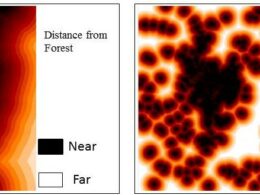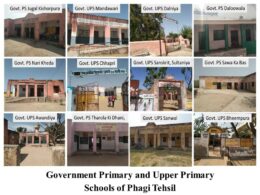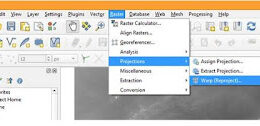Application of Remote Sensing and GIS in Coral Reef Assessment
Impact assessment of Human activities on reef ecosystem
Coral Reefs Importance
Remote Sensing and GIS for Coral Reef Assessment
Criteria for Reef Assessment
Defining Weights
Interpretation
Benthic cover /benthic habitat Change Analysis



Superb article and aptly shows the application of remote sensing data.
Thanks for appreciation.